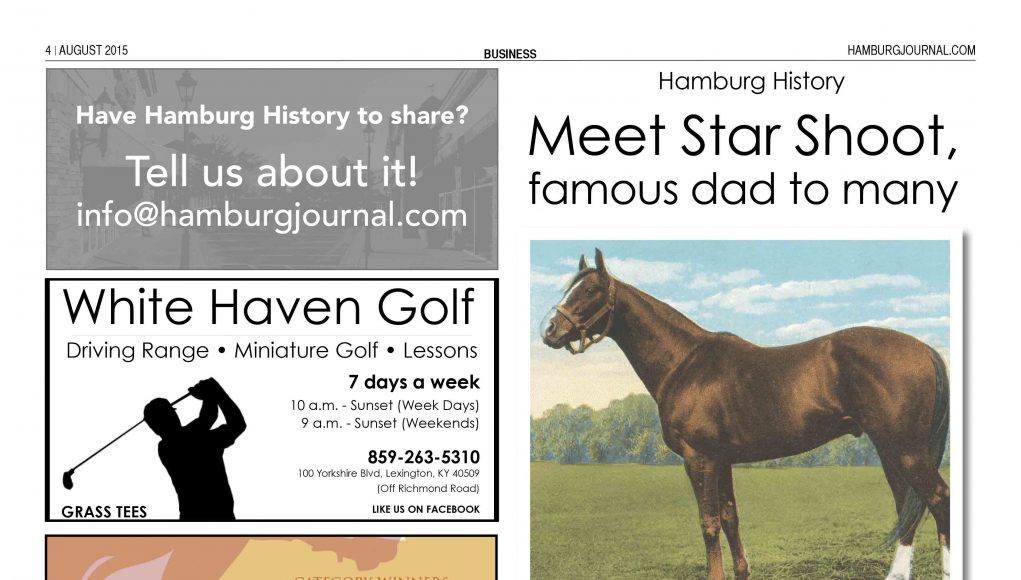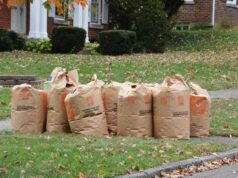by Tara Leisure
At the turn of the century, Star Shoot was the unlikely hero of horseracing whose legacy almost didn’t happen.
This story begins in 1898, far away in Ireland.
Fathered by the British 1893 Triple Crown winner Isinglass, Star Shoot entered the world with great anticipation and promise. Once trained, the 2-year-old proved a contender in the British racing circuit, finishing second at the Summer Breeders’ Foal Plate in June 1900. He went on to win the Hurst Park Foal Plate, British Dominion Two-Year-Old Plate and the National Breeders’ Produce Stakes.
While Star Shoot was at first a budding starlet within the horseracing community of Britain, he later became plagued with the aftermath of a sickly childhood. He began to experience respiratory issues and later developed soft feet. Ironically, Star Shoot’s British owners thought that he would never be a good breeding prospect in light of his poor health. He was sold to an American Thoroughbred importer named John Hanning in 1901, and for far less than what other horses of his breed were being sold for. He was then transported to Runnymede Farm in Paris, Kentucky where he stayed until John E. Madden purchased him in 1912.
As Hamburg residents know, John E. Madden was an early American breeder who put Lexington on the horseracing map. Madden was also the owner of the near 2,000 acre horse farm that was once located here in Hamburg. Star Shoot likely roamed it’s sunny hillside pastures that are now occupied by bustling businesses.
At the farm at Hamburg Place, Star Shoot was the sire to many noteworthy offspring. Grey Lag, winner of the 1921 Belmont Stakes, and the incomparable Sir Barton, first winner of the Triple Crown, were among the successful horses that came from Star Shoot’s family line after being deemed “unbreedable” by previous owners.
For more Hamburg area news, subscribe to the Hamburg Journal weekly digital newsletter.
This article also appears on page 4 of the August print edition of the Hamburg Journal.












